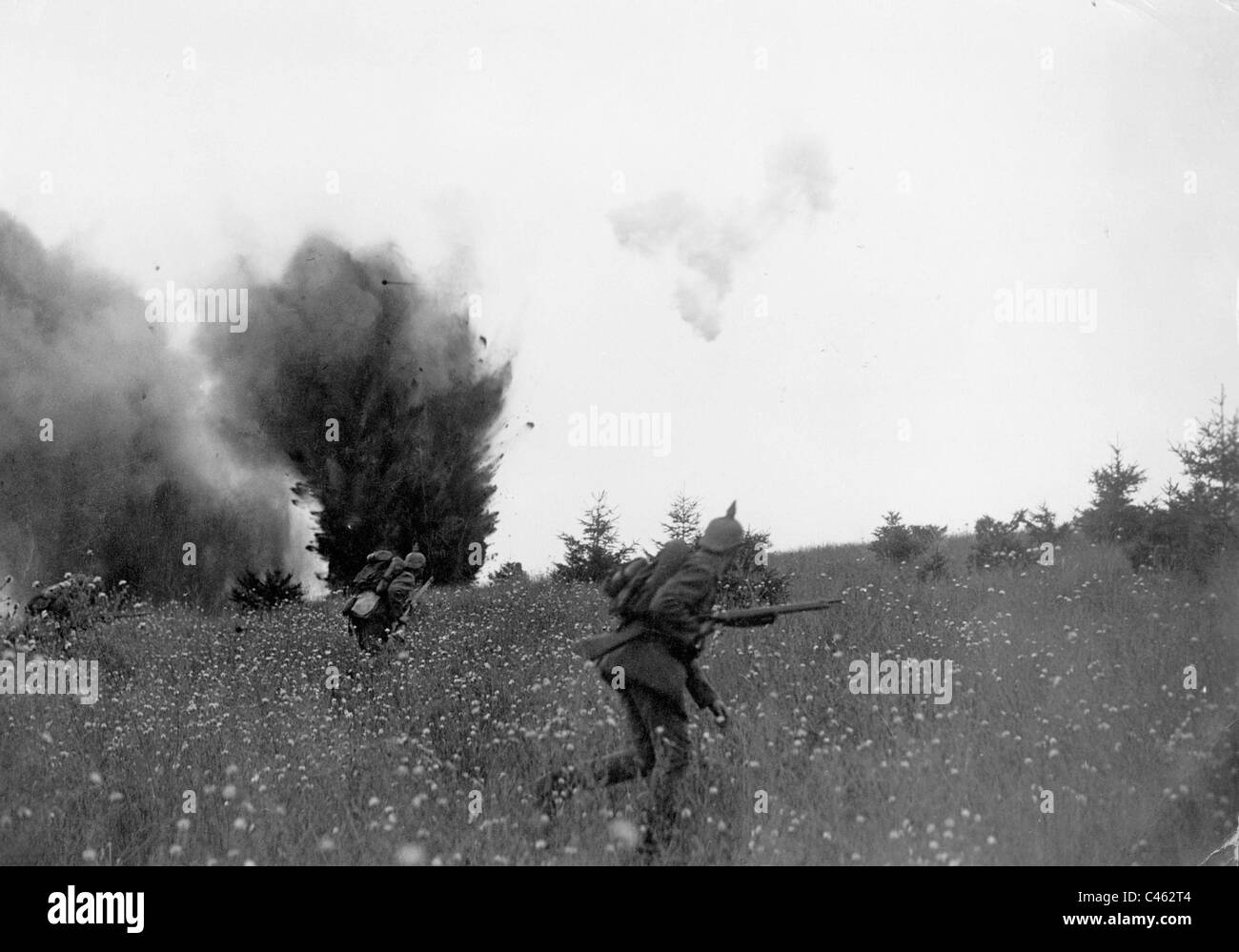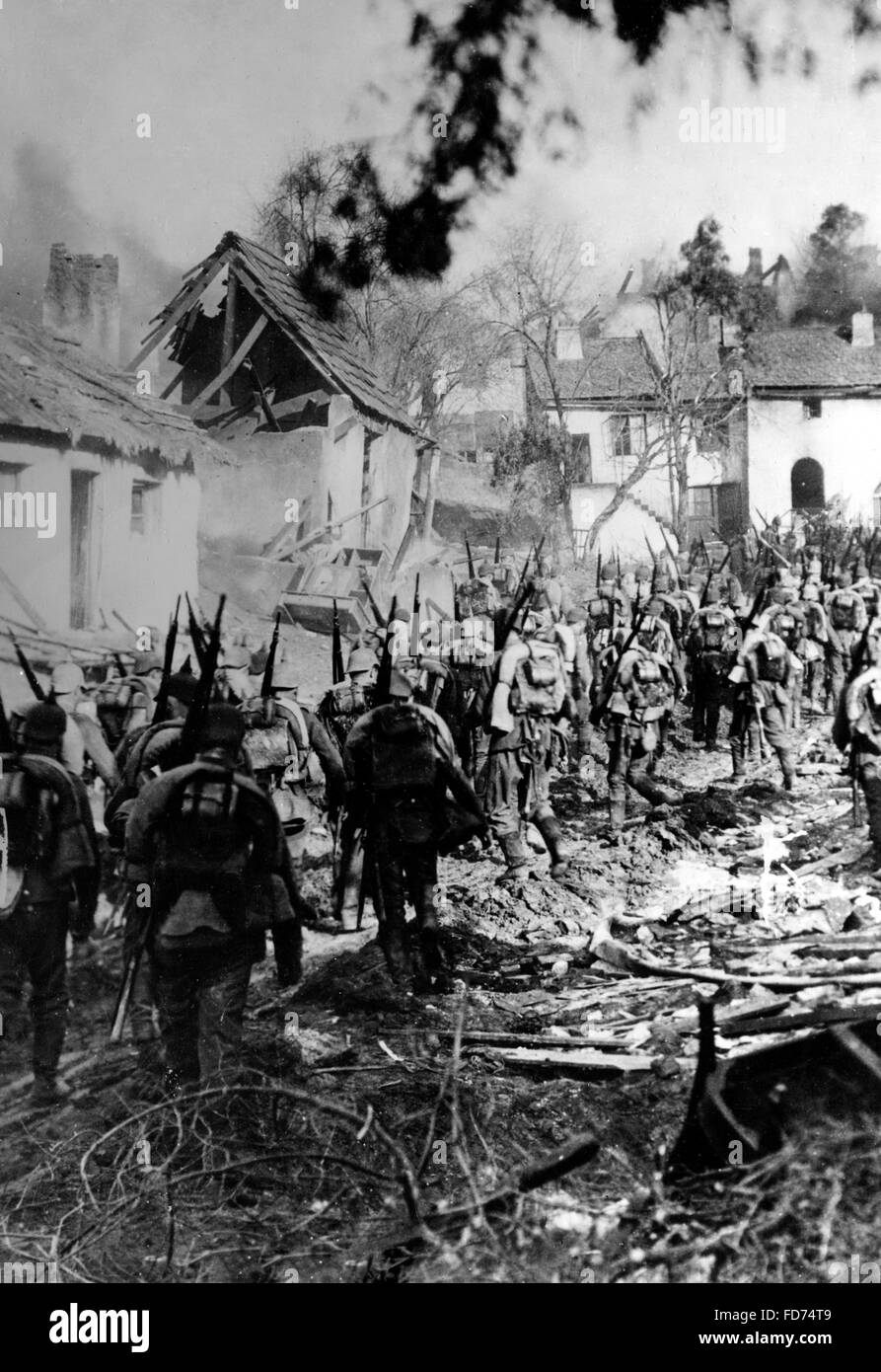
The commander and his headquarters at operational level translate the political guidance and directions into feasible military plans and orders. Today the operational level is considered as a very important link between the strategic and tactical level. And during the 1970s the Americans, after the war in Vietnam, reintroduced the name operational level and from that moment on many NATO countries also adopted the term. In the Interbellum Russian military thinker Alexandr Svechin labeled it as the operational level. Although the American Civil War (1861-1865) and the Russian-Japanese War (1904-1905) demonstrated a first glimpse of this operational level, whereby the American and Russian military leaders commanded huge masses of forces, the operational level developed gradually over time. It also pays attention to how military commanders acted at the operational level by taking a closer look at their roles and responsibilities.

This article focuses on the connection between strategy and tactics: the operational level.

Contemporary strategic leadership faces almost the same challenges as leaders faced during the Great War. A study of the Great War 1914-1918 offers the officer of today a unique opportunity to learn about strategic leadership in relation to innovation, alignment of the end-ways-means-risks, a dynamic and complex environment, and the lack of an operational level. By studying military exploits of the past they learn from the mistakes of others. Officers learn by studying, and during exercises and operations they learn by doing, meanwhile gaining experience. Allenby’s approach was a precursor of a campaign plan, while a German operational level never even came into being. There, based upon his experiences at the Western Front, general Edmund Allenby understood that the strategic leader could not attain complete knowledge of the many facts influencing the theatre, including the battlefield. British military leadership in the Middle East showed another picture. Generals like Falkenhayn, Haig, and Ludendorff were convinced that a tactical success might initiate a strategic triumph. The aftermath of this battle divided the nation.During the Great War of 1914-1918 the operational level was virtually non-existent, meaning that there was officially no linking pin between strategy and the tactical battles, and consequently, the end-ways-means-risks were not aligned. On 29th August Samsonov realised the hopelessness of the situation and took his own life.

The terrain was tough, his men were hungry and tired, and the Germans were expecting them! On 26th August the Russian army was surrounded and confused. Samsonov’s route to invasion was difficult.

Not only was it extremely difficult to contact all the soldiers, as there was so many spread out so far, but also they were not careful enough with their radio communications! The Germans were able to listen in to the radio messages from each General, Rennenkampf stating that he was staying put and Samsonov that he was advancing. One problem these two armies faced was poor communication. Two Russian armies commanded by General Paul von Rennenkampf (Pavel Karlovich Rennenkampf) and General Alexander Samsonov invaded East Prussia, Germany, at the end of August 1914. It was fought in the German village Tannenberg, (now north-eastern Poland) and was a serious defeat for Russia. The Battle of Tannenberg, starting on 26th August 1914, was one of the largest battles on the Eastern Front during the First World War.


 0 kommentar(er)
0 kommentar(er)
